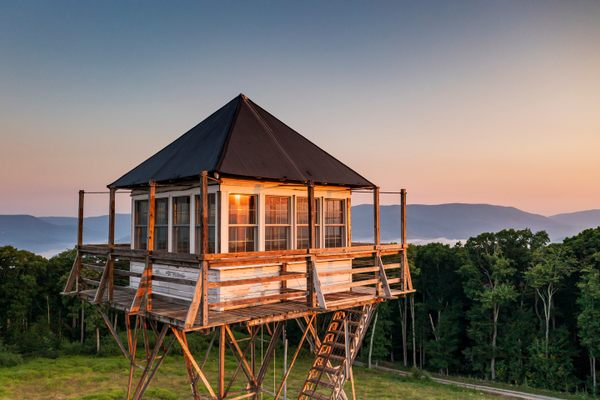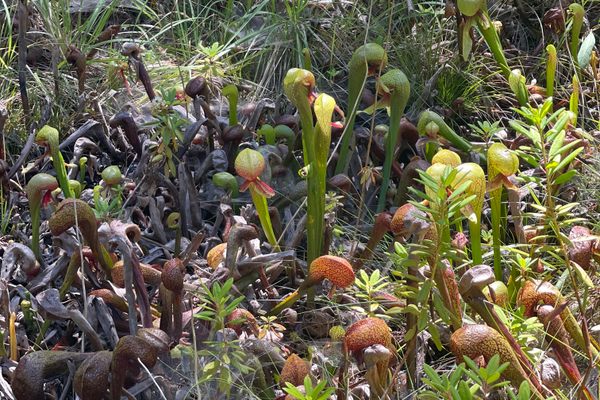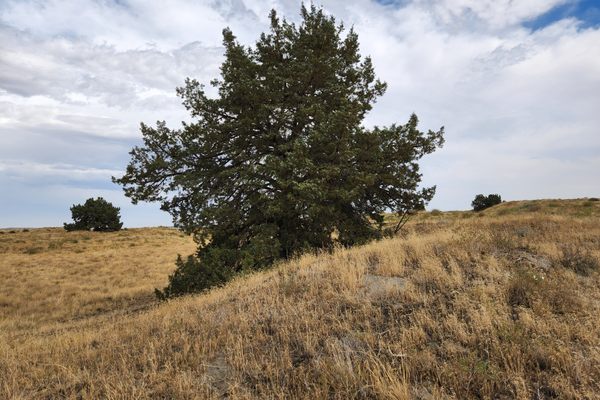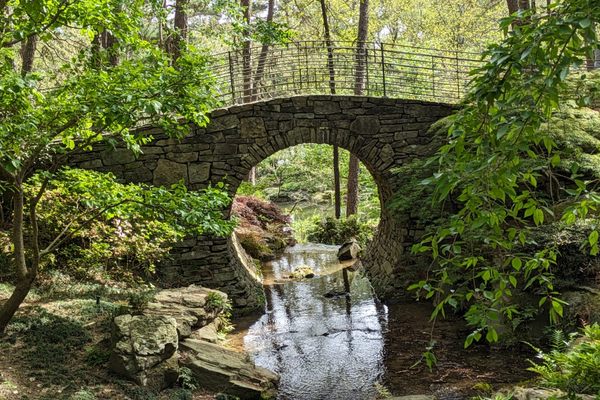AO Edited
Cranberry Glades Botanical Area
West Virginia’s largest bog is home to rare carnivorous plants.
Deep in the Monongahela National Forest, in the western portion of West Virginia, lies one of the most botanically significant areas in the Appalachians: the Cranberry Glades Botanical Area.
The largest bog area in the state, “the Glades,” as the area is more commonly called, is a 750-acre acidic wetland that mirrors the arctic tundra of Canada and the far north.
Home to over 60 plant species, including carnivorous plants like the purple pitcher plant and sundew, plus mosses, lichens, and its namesake cranberries, the bog is made up of partially decayed plant material, known as peat, that makes the ground spongy.
Visitors can travel along the half-mile-long boardwalk to survey the diverse landscape, or explore any of the dozens of additional hiking trails that connect to the area.
Know Before You Go
The Cranberry Glades Botanical Area is accessible from Route 39/150, north of the Cranberry Mountain Nature Center. From Route 150, take Forest Service Road 102 north about a mile. The 1.5-mile boardwalk is wheelchair accessible.
Guided tours are available in summer. Contact the Cranberry Mountain Nature Center to schedule a tour.

















Follow us on Twitter to get the latest on the world's hidden wonders.
Like us on Facebook to get the latest on the world's hidden wonders.
Follow us on Twitter Like us on Facebook